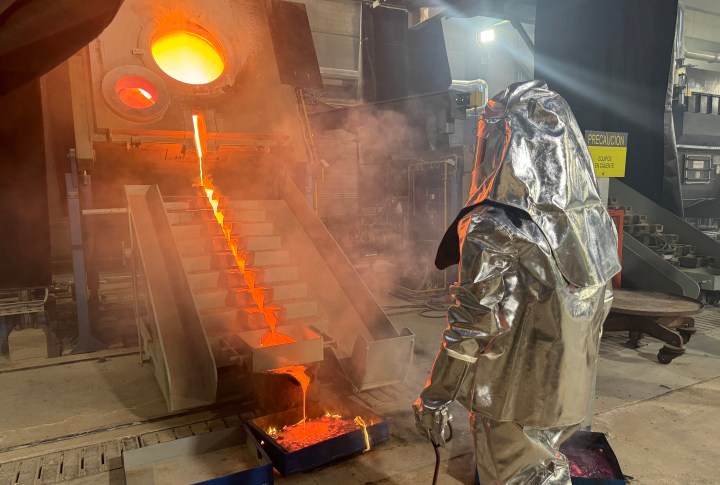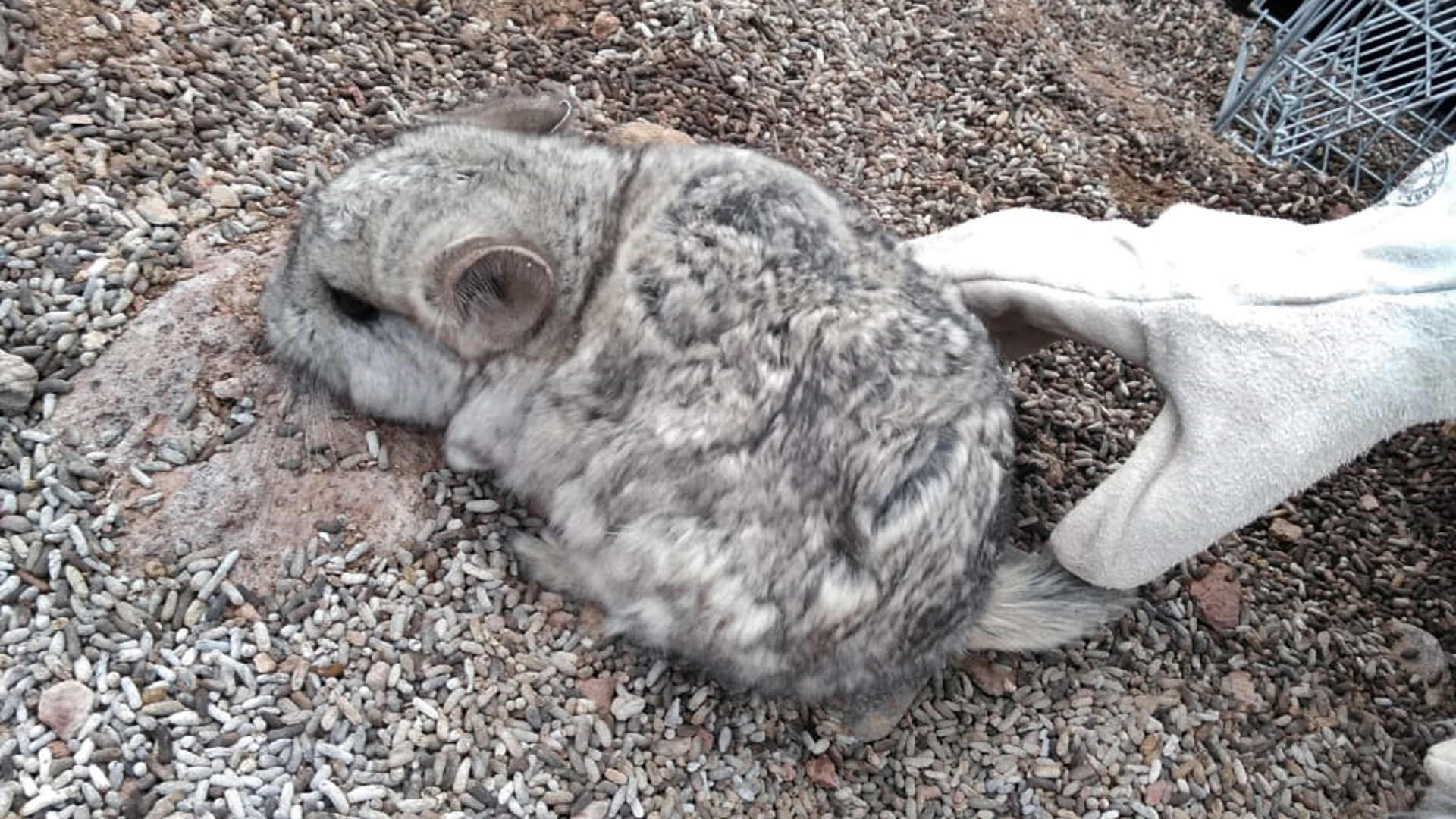COMPANIES
Gold Fields pours first gold at Chilean mine during relocation of endangered chinchillas

Gold Fields has started production at its Salares Norte mine high up in the Chilean Andes, where the company is attempting to translocate a colony of endangered chinchillas. The company also warned that extreme weather had curtailed production from its global operations in the first quarter of this year.
Salares Norte is finally producing gold and the rodents that reside there are finally being relocated.
Gold Fields made the announcements on Tuesday, both milestones for an asset that the company hopes will become a cash spinner of note.
The project is expected to cost around $1.2-billion with a payback of less than three years at current gold prices, which are frothy and near historic highs.
It has been 13 long years from discovery to exploration to production, with a rodent distraction along the way.
“[The] Salares Norte Project … has commenced production with the delivery of first gold on Thursday, 28 March 2024,” Gold Fields said.
Average annual production for its first five full years – from 2025 to 2029 – is expected to be 485,000 ounces.
And “Operation Chinchilla” has resumed.

Gold Fields in late 2020 launched an operation to relocate a colony of about 25 highly endangered chinchillas, a species almost hunted to extinction for its highly coveted fur. (Photo: Courtesy of Luis Ortega)
“The mine has received the permit to recommence with the capture and relocation of chinchillas from future mining areas at Salares Norte. The programme, which is carried out and supervised by independent environmental experts, started in February with the monitoring of the animals,” Gold Fields said.
This high-altitude rodent removal has been plagued by mishaps and drawn the ire of animal welfare activists.
The initial attempt to relocate the animals from the planned mining areas in 2020 was halted by the Chilean authorities when two of the first four chinchillas that were captured died.
Read more here: A High-Stakes Chinchilla Relocation Effort Stalls
Construction of the mine was allowed to continue while Operation Chinchilla was on ice, but future expansion of the mine will need to accommodate the critters, whose numbers have risen in the past four years to close to three dozen from two dozen.
One section of the mine, originally planned to be open-pit, may even take an underground detour because of the rabbit-sized animals, which were almost hunted to extinction for their coveted fur.
While the mine is now producing and the chinchilla relocation is proceeding, Gold Fields said it had hit other headwinds which hurt production in the first three months of this year at its operations in Peru, Australia and South Africa.
“Group production for Q1 2024 is expected to be lower than planned, impacted by operational challenges at the South Deep mine [in South Africa] and by weather-related events in Australia and Peru,” Gold Fields said.
The company said that “operational momentum” at South Deep – its only mine in South Africa – had been adversely affected by a fatality there on 2 January. This was a blow to the excellent safety record in recent years at South Deep, which is completely mechanised.
Meanwhile, heavy rains took a toll on the group’s Australian operations, while its Cerro Corona mine in Peru was also affected by inclement weather.
It’s telling to note how sensitive mining companies are to a global climate that is becoming more extreme. They are also exposed to the shifting winds of public opinion, which is why Gold Fields is determined to get Operation Chinchilla right this time around.
Group attributable gold equivalent production for Q1 2024 is expected to be between 460,000 and 470,000 ounces, compared to 577,000 ounces for the same period last year.
But Gold Fields left its guidance unchanged for the full year and is still targeting 2024 production of between 2.33 million and 2.43 million ounces.
At current prices, gold producers want to produce as much as they can. DM




















Comments - Please login in order to comment.